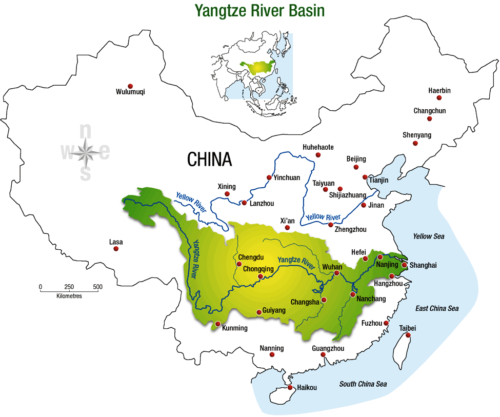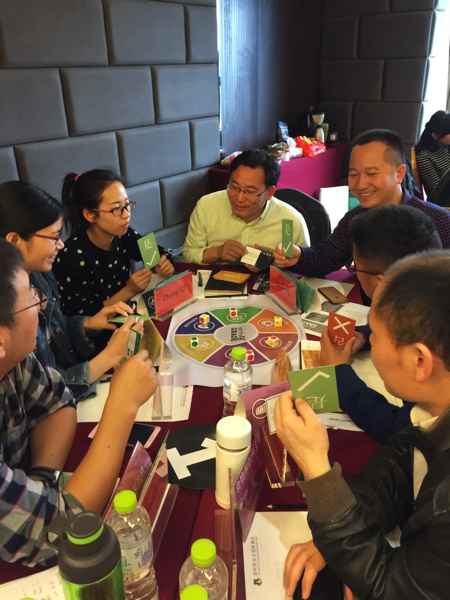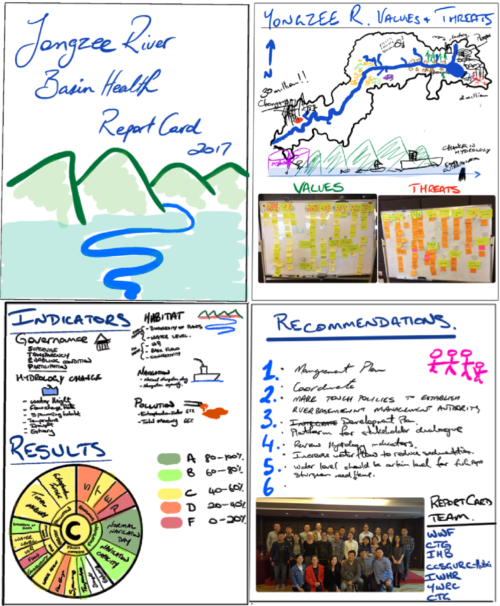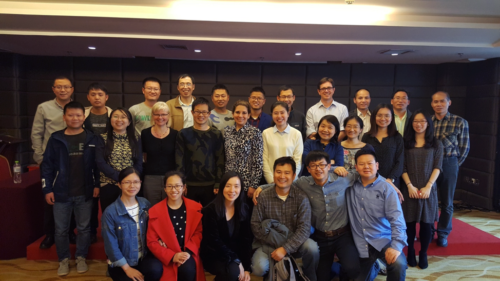Scoping a report card for the Yangtze River basin, China.
Simon Costanzo ·In April I travelled to China with Michele Thieme and Judy Takats from the World Wildlife Fund U.S. (WWF). The trip was planned to discuss with WWF China whether our report card process would work within the Chinese context. It was my first trip to China, so I wasn’t sure what to expect. What I discovered was a truly different, yet amazing country with friendly people, great food and amazing sights (I’ll talk more about my trip to the Three Gorges Dam in a following blog).
Our workshop was in Wuhan, located at the confluence of the Hanshui and Yangtze Rivers, in the Hubei province. The city of 10 million people is located almost equal distances from Hong Kong to the south, Shanghai to the east, and Beijing to the north. As such the city is a major transportation hub and has been referred to as the “Chicago of China”.

Our workshop was held over two days, the first being with 20 internal WWF staff, the second including another 15 local stakeholders from the Three Gorges Corporation, Chinese Sturgeon Institute, China Institute of Water Resources, Pearl River Fisheries Research Institute, Changjiang Water Resources Commission, and the Co-Innovation Center for Social Governance of Urban and Rural Communities in Hubei Province.
On day 1, Michele discussed the Basin Report Card Initiative and our current theory of change, while I took the participants through the 5-step report card process. Everyone particularly enjoyed my example of “visiting the doctor” as an example of the theory behind choosing indicators and determining thresholds.

We had excellent discussions about if/how the 5-step process would work in China. One example of this discussion focused on the color grading scheme we use for our A-F scores. Perhaps you can see below why the use of yellow and red to represent moderate to failing grades might not resonate so well in China. But overall, the group agreed that the report card was an excellent tool that would be very useful in China.

Day 2 started with introducing the concept of report cards to the newly arrived stakeholders via the report card game which is always a lot of fun and a great icebreaker.

The remainder of the day was spent introducing the new participants to the report card process and dividing them into groups to develop a report card for the imaginary “Yongzee River”. This involved fulfilling all 5 steps of the report card process, from identifying values and threats to presenting the report card at the end of the day. It was as great exercise and experience for all….especially me.


We finished the workshop discussing the possibility of doing a report card in China. The consensus was that we should start with one as an example and use that to leverage a more broader assessment. The group nominated some tributaries of the Yangtze that would be suitable and welcoming of a report card. Now it’s over to the WWF China team to socialize the idea in those basins and hopefully we’ll return soon to do the real thing.

About the author
Simon Costanzo

Dr. Simon Costanzo is a Science Integrator at the University of Maryland Center for Environmental Science in Cambridge MD. Simon’s career in environmental science over the past 20 years has been focused on developing and improving methods for the assessment, monitoring and management of aquatic, marine and terrestrial ecosystems. Simon has extensive experience in scientific data collection, synthesis, interpretation and communication. Simon’s career has provided a unique insight to a wide range of disciplines and stakeholder groups including government, academia and private industry. Dr. Costanzo obtained his academic training from University of Queensland in Australia (PhD).